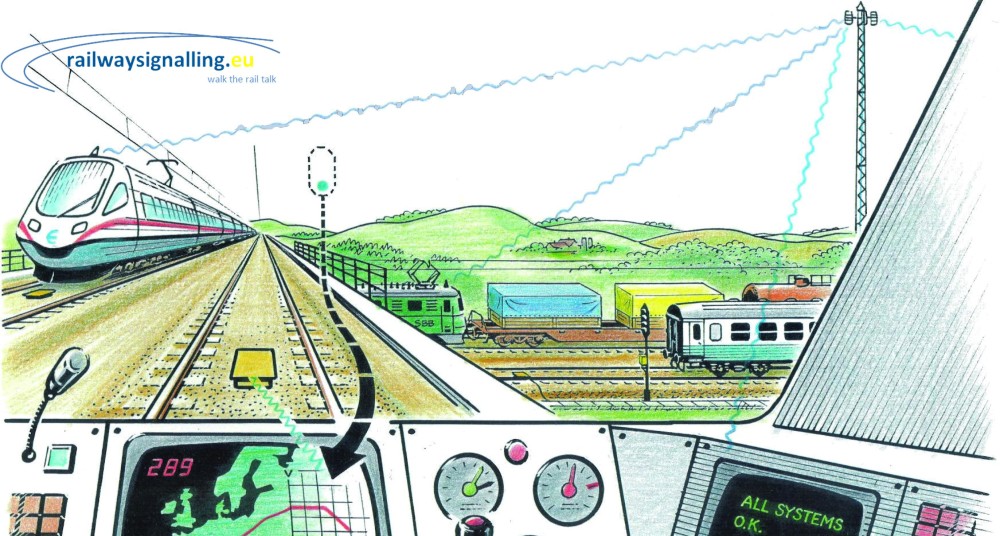Our stimulating Electrical and Railway Engineering Minor Project programme enables you to gain strong theoretical and practical skills in electronic and electrical engineering and to collaborate with academics who are global experts in their field.
You’ll extend your technical understanding and learn how to apply your knowledge and creativity to solving electrical and railway engineering problems. You’ll focus on understanding on designing real control systems. You will come to understand railway infrastructure and signalling systems.
➢ Overview of ERTMS and its significance in European railways
➢ Introduction to the European Train Control System (ETCS)
➢ History and development of ERTMS/ETCS
➢ Understanding the architecture of ETCS
➢ Different ETCS levels (ETCS Level 1, Level 2, and Level 3)
➢ Functionalities and features of each level
➢ Overview of ERTMS signaling principles
➢ Train control and movement authority in ETCS
➢ Communication and data transmission in ETCS
➢ Challenges and benefits of implementing ERTMS/ETCS
➢ Case studies of successful ERTMS/ETCS deployments
➢ Migration strategies for transitioning from legacy systems
➢ Advancements in ERTMS technology
➢ ERTMS worldwide adoption and standardization efforts
Throughout the course, practical examples, case studies, videos, and interactive discussions can be used to provide real-world insights and engage participants. The 5-day duration allows for a comprehensive overview of ERTMS and ETCS, ensuring participants gain a thorough understanding of this crucial railway signaling and train control system used widely in Europe and beyond.
➢ Overview of ERTMS and its significance in European railways
➢ Introduction to the European Train Control System (ETCS)
➢ History and development of ERTMS/ETCS
➢ Understanding the architecture of ETCS
➢ Different ETCS levels (ETCS Level 1, Level 2, and Level 3)
➢ Functionalities and features of each level
➢ Overview of ERTMS signaling principles
➢ Train control and movement authority in ETCS
➢ Communication and data transmission in ETCS
➢ Detailed exploration of ETCS Level 1
➢ Installation and configuration of trackside equipment
➢ Interfacing with existing signaling systems
➢ Detailed exploration of ETCS Level 2
➢ Balise transmission and Eurobalise concepts
➢ Trainborne equipment and on-board systems
➢ Detailed exploration of ETCS Level 3
➢ Virtual Balise Transmission (VBT) principles
➢ Benefits and challenges of Level 3 deployment
➢ Ensuring interoperability of ERTMS/ETCS across borders
➢ Harmonization efforts and cross-country collaborations
➢ Role of the European Union Agency for Railways (ERA)
➢ Maintenance practices and lifecycle management of ETCS systems
➢ Safety and fail-safe features in ETCS
➢ Safety certification and compliance
➢ Economic impacts of HSR on regional development
➢ Advancements in ERTMS technology and ongoing research
➢ International adoption and global expansion
➢ Integration with other rail systems and emerging trends
➢ Real-world case studies of ERTMS/ETCS implementations
➢ Participant presentations of final projects and insights
➢ Course conclusion and summary of key learnings

✔ 10 - 12 hours online training/p>
✔ Cource content will be provided
✔ Three online assessments
✔ Assignments
✔ Certificate of completion